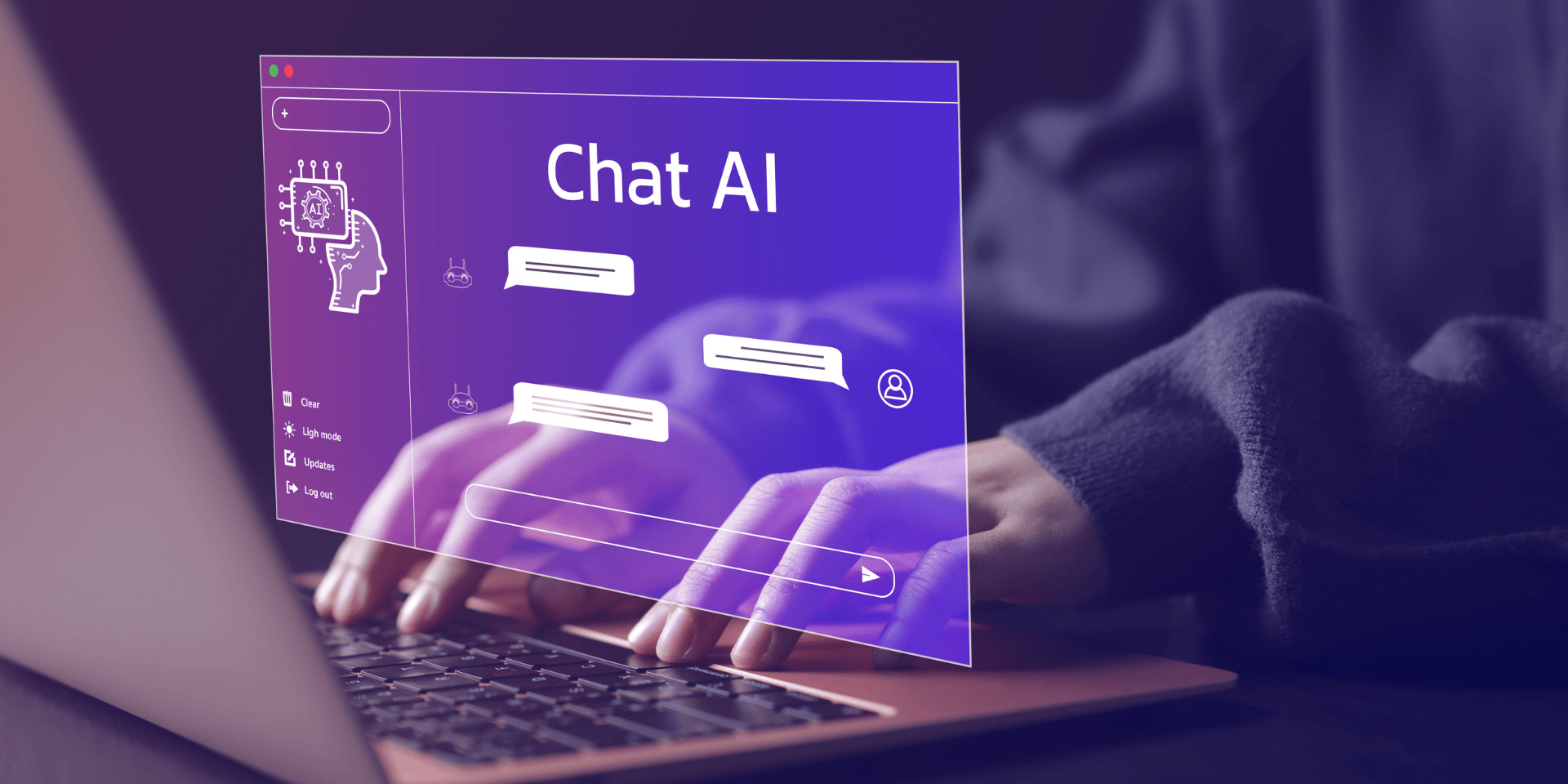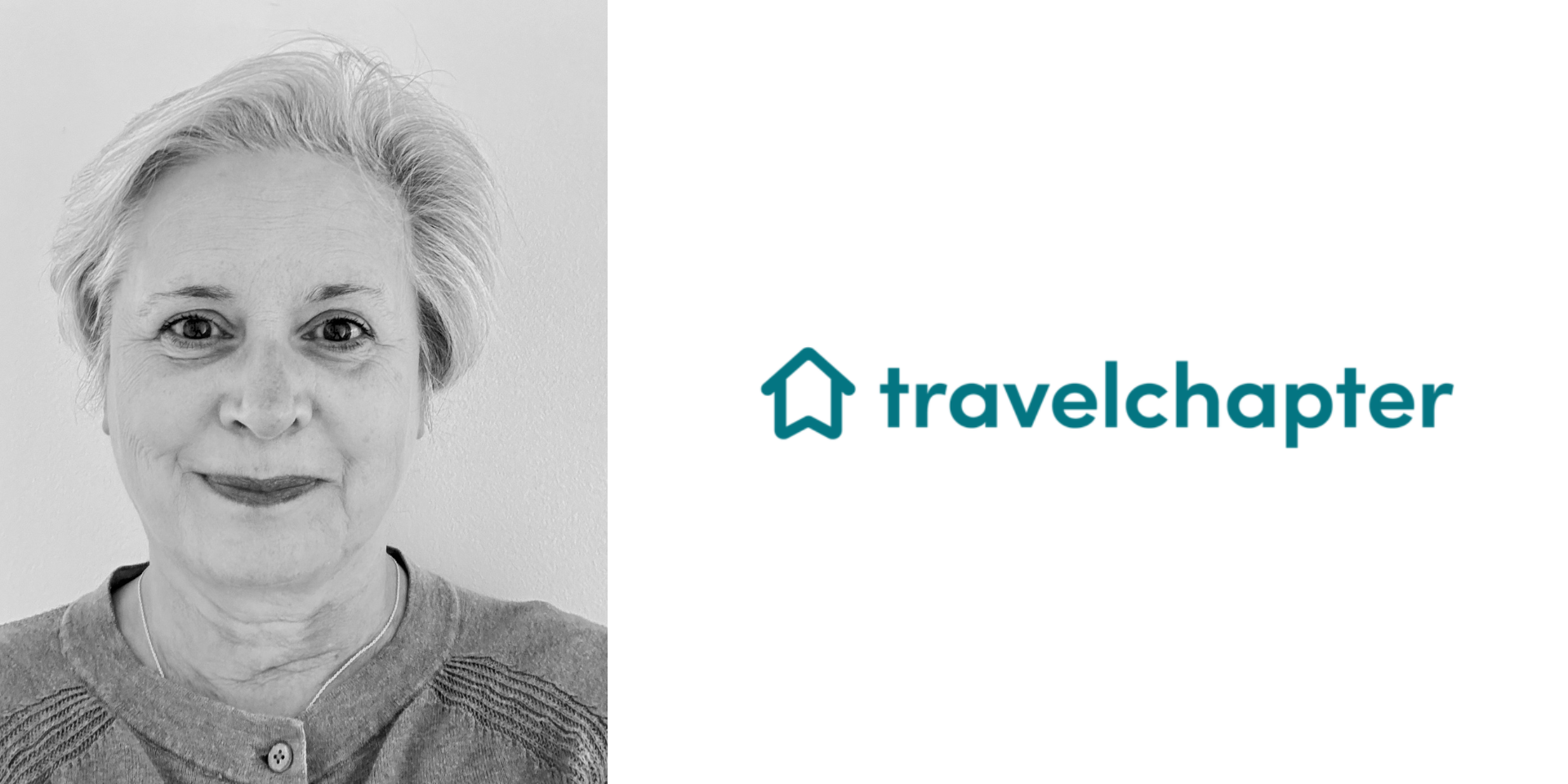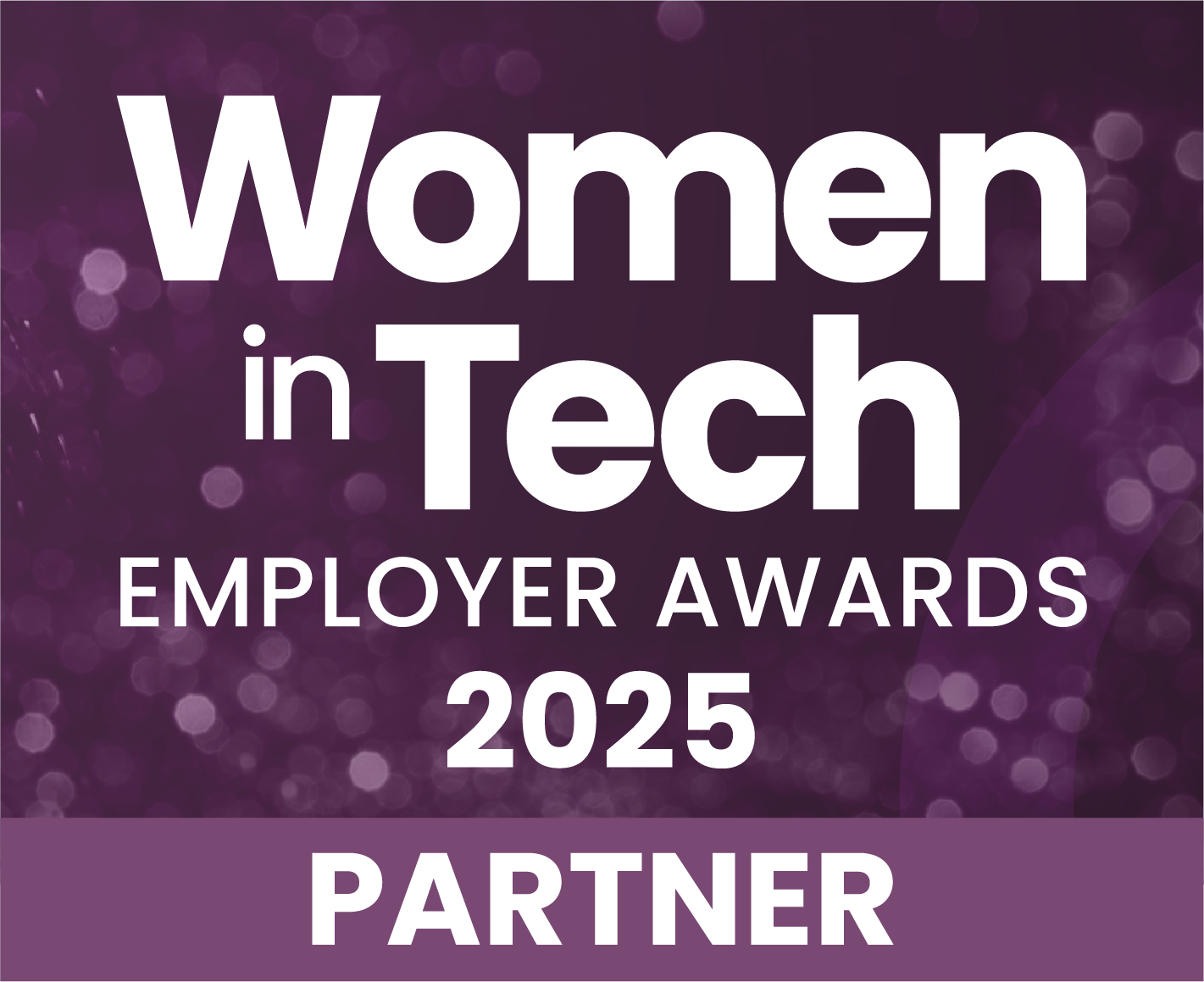Why AI Matters for Women in Tech
Artificial Intelligence (AI) isn’t just a buzz-word, it’s transforming the way we live and work. From chatbots and voice assistants to advanced data analytics and medical breakthroughs, AI is shaping industries at lightning speed.
But rapid innovation brings both risks and opportunities. For women in tech, whilst AI could open doors to exciting new careers, it can also reinforce existing inequalities if bias isn’t tackled head-on. In this article, we explore how AI is changing the tech landscape, the challenges women face, and the steps we can take when embracing this technology to ensure an inclusive AI future.
The Current Picture: Women in Tech and AI
Representation in AI is even more unequal than in tech overall. UNESCO’s 2023 AI report found that just 22% of AI professionals worldwide are women, with particularly low numbers in technical fields such as machine learning and data science. In the UK, women make up only 16% of IT engineers and around 12% of cloud computing professionals.
At the same time, AI is no longer limited to research labs or niche applications. It is being embedded in everyday decision-making, from recruitment tools and performance reviews to loan approvals and healthcare diagnostics. This means the lack of women’s voices in AI development is not a minor detail, it has serious consequences. Without balanced representation, there is a real risk that bias will be coded into the systems we all depend on.
The Risks of AI for Women
Algorithmic Bias
One of the most pressing risks of AI is algorithmic bias. As a model, AI systems learn through historic data. Because of this, they often reproduce past inequalities. A high-profile example came from Amazon, which abandoned an AI recruitment tool after it consistently downgraded CVs that contained the word “women’s.” In healthcare, studies have shown that some AI algorithms underestimate pain in women or underdiagnose conditions in people of colour, highlighting the danger of building technology without diverse input. Facial recognition technology has also been found to be significantly less accurate for women and people with darker skin tones, according to a MIT Media Lab study. These examples highlight the danger of building technology without diverse input.
Job Displacement
Another concern is job displacement. The question “Will AI take my job?” has become common, and for good reason. Automation is expected to impact administrative, retail, and customer service roles most heavily, all sectors where women are disproportionately represented.
The World Economic Forum’s Future of Jobs Report 2023 noted that nearly half of clerical workers are women, placing them at higher risk as these positions are automated. McKinsey has estimated that by 2030, up to 25% of work tasks could be automated globally. Without proactive reskilling and inclusive workforce planning, women could bear the brunt of these shifts.
Leadership Gaps
Leadership gaps also remain a challenge. With so few women in AI leadership roles, decisions about product design, policy, and ethics are often made without their perspectives. This not only narrows the scope of innovation but also increases the likelihood of blind spots in areas such as fairness and accessibility. Without diverse leadership, AI risks being built by, and for, a limited group.

The Opportunities AI Brings
It’s not all doom and gloom. AI also brings powerful opportunities for women – if we seize them.
New Careers and Specialisms
The rise of AI has created new career paths across industries. Roles such as AI ethicist, prompt engineer, data scientist, and AI product manager are increasingly sought after. AI ethicists ensure systems are fair and transparent, prompt engineers fine-tune models with clear instructions, data scientists interpret vast datasets to generate insights, and product managers bridge the gap between technical teams and user needs.
These roles highlight the breadth of opportunities available to women who want to step into AI. According to LinkedIn’s Jobs on the Rise 2025, AI and machine learning specialists are among the fastest-growing roles globally, often commanding salaries well above the tech industry average.
Redesigning Work
AI also has the potential to redesign the way we work. By taking on repetitive or administrative tasks, AI frees people to focus on strategic and creative projects. For women who often juggle multiple responsibilities inside and outside of work, this shift could make roles more flexible and rewarding.
We are already seeing new “hybrid” roles emerge, for example, marketers using AI tools to analyse campaigns, healthcare professionals applying AI diagnostics, and teachers personalising learning through AI platforms. These intersections make it easier for women to transition into AI-related careers without starting from scratch.
Amplifying Women's Leadership
Perhaps one of the most exciting opportunities lies in leadership. AI policy, ethics, and governance are high on government and corporate agendas, and there is growing demand for leaders who can bring ethical, inclusive perspectives. Women like Mira Murati, Chief Technology Officer at OpenAI, and Dr Fei-Fei Li, co-director of Stanford’s Human-Centered AI Institute, are visible examples of what inclusive leadership in AI can look like. Their work shows how women’s leadership can shape the values and priorities of AI at a global scale.
How Women Can Shape the AI Future
The first step for women who want to take advantage of these opportunities is upskilling. Many AI skills can be learned online, often for free or at very low cost. Coursera offers accessible introductions such as Andrew Ng’s “AI for Everyone”, and Google provides a range of AI education resources. Building knowledge in key areas such as data analysis, machine learning, and ethics helps women future-proof their careers.
Community also matters. Networks such as Women in AI and AI Inclusive offer mentorship, training, and support. By joining these groups, women gain access to collaboration, shared learning, and visibility within the AI field. These communities provide both practical skills and encouragement, helping more women step into AI careers with confidence.
Even for those not in technical roles, there are ways to advocate for inclusive AI. Asking how organisational AI tools are tested for bias, encouraging diverse teams on AI projects, and pushing for transparency in decision-making are all actions that make a difference. Inclusion is not only the responsibility of developers; it is a shared responsibility across the industry.
What Employers Can Do
Employers have a central role to play in shaping an inclusive AI future.
Prioritise Diverse AI Teams
Mixed-gender, multi-disciplinary teams are more likely to spot bias early. Employers should actively recruit and retain women in AI roles to ensure their innovations aren’t leaving some users behind.
Invest in Inclusive Training
Training and reskilling opportunities should also be made widely available. Offering AI literacy programmes aimed at women, career changers, and those returning from career breaks can significantly expand the talent pool. Returnship schemes, in particular, are a proven way to reintroduce skilled professionals into the workforce.
Embed Ethics in AI Development
Embedding ethics into AI development is equally important. From design through to deployment, organisations should integrate fairness checks, accountability frameworks, and transparent reporting. This approach reduces risks while building long-term trust with users, positioning companies as both innovative and responsible.
Employers can go further by setting measurable inclusion goals and linking them to leadership accountability, as Deloitte and BT have done. Partnering with organisations such as Women in Tech, Ada Lovelace Institute, or Women in AI can also strengthen recruitment pipelines and demonstrate genuine commitment. Finally, showcasing female role models in AI projects internally and externally helps inspire future talent and reinforces inclusion as part of workplace culture.
Looking Ahead: Building an Inclusive AI Future
AI is not just another wave of technology, it’s a force that will shape economies and societies for decades to come. The question is: will women be equal participants in that future, or left behind?
The risks are significant, from algorithmic bias and job displacement to underrepresentation in leadership. Yet the opportunities are just as powerful: new careers, more flexible work, and a chance for women to lead the global conversation on responsible AI.
The future is still being written. With deliberate action from employers, educators, and individuals, AI can become a tool that empowers women rather than excludes them.








